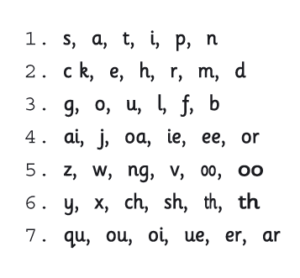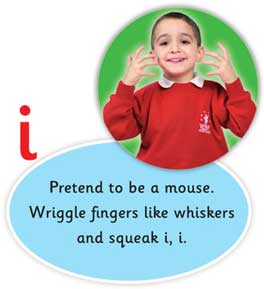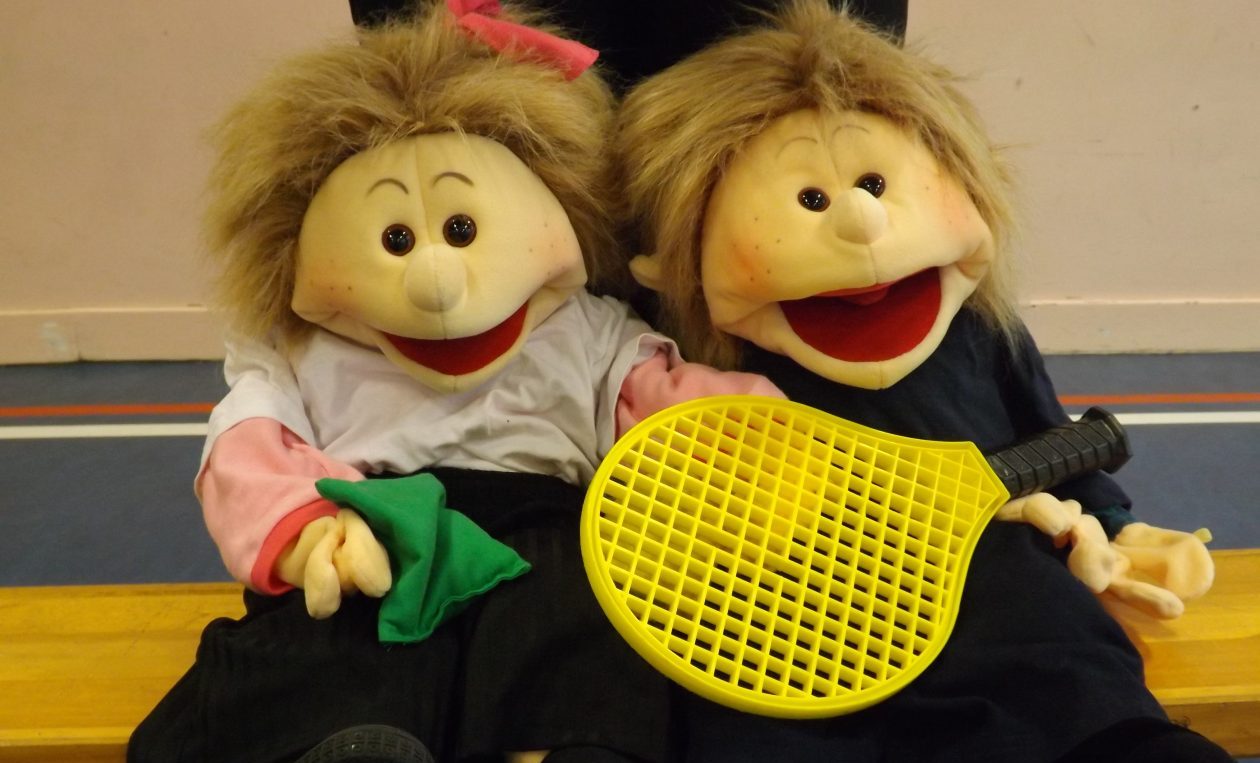Welcome to the Parents/Carers Area of the website. Here you will find documents/links which will enable to you support your child with their learning.
Homework Policy at Southesk
Southesk Homework Policy Dec16
Reading and Homework Support
Supporting your Child’s Learning at Home – Advice from Education Scotland, Parentzone
- Listen, talk, and encourage – this can have a big influence on children’s learning
- Encourage your child to talk to you about their learning, what learning is happening at school and do what you can at home to build on that.
- Talk to your child about their strengths and interests and how they are progressing.
- Encourage your child to talk to you about their next steps in learning and find out how you can work with the school to support this
- Ask for help if you think your child needs it for any reason.
- Praise your child if he/she is working hard at something or has achieved something within or out of school.
- Encourage any reading.
- Look for opportunities at home to develop literacy and numeracy skills: money, number problems, time, measuring, matching, size, reading, writing, understanding instructions, questioning information.
- Encourage your child to take part in activities, for example hobbies or clubs which will provide opportunities to develop a range of skills.
- Help them work on tasks on their own and then talk about it with you afterwards.
- Do things together where appropriate – learn together, for example if your child has a project or task to do, take an interest and discuss with them what they are doing or offer support if this is needed.
- Help prepare for change, particularly at key transitions – talk about the change together.
- Talk to your child about how they are feeling.
- Work together with the school by taking part in discussions about your child’s learning and progress, for example at parents’ evenings or reviews
Click on the links here for further advice/tips with helping your child develop their reading.
Jolly Phonics/Tricky Words Resources
Jolly Phonics teaches children to read and write using synthetic phonics, which is widely recognised as the most effective way to teach children to read and write. This means that we teach letter sounds as opposed to the alphabet. The 42 letter sounds are phonic building blocks that children, with the right tools, use to decode the English language. When reading a word, they recognise the letters and blend together the respective sounds; when writing a word they identify the sounds and write down the corresponding letters. These skills are called blending and segmenting. These are two of the five skills that children need to master phonics:
If you click the picture below you will be able to watch some videos with the songs the children learn to support the work done in the class.
- Learning the letter sounds:
 Children are taught 42 letter sounds, which is a mix of alphabet sounds (1 sound – 1 letter) and digraphs (1 sound – 2 letters) such as sh, th, ai and ue. Using a multi-sensory approach each letter sound is introduced with fun actions, stories and songs.We teach the letter sounds in 7 groups of 6 letters at a pace of 4-5 sounds a week. Children can start reading after the first group of letters have been taught and should have been introduced to all the 42 letter sounds after 9 weeks at school.
Children are taught 42 letter sounds, which is a mix of alphabet sounds (1 sound – 1 letter) and digraphs (1 sound – 2 letters) such as sh, th, ai and ue. Using a multi-sensory approach each letter sound is introduced with fun actions, stories and songs.We teach the letter sounds in 7 groups of 6 letters at a pace of 4-5 sounds a week. Children can start reading after the first group of letters have been taught and should have been introduced to all the 42 letter sounds after 9 weeks at school. - Learning letter formation:
This is taught alongside the introduction of each letter sound. Typically, children will learn how to form and write the letters letter down during the course of the lesson. - Blending:

Once the first few letter sounds are learnt, children begin blending the sounds together to help them read and write new words. - Segmenting:
When children start reading words, they also need to start identifying the phonic components that make the word sound the way it does. By teaching blending and segmenting at the same time children become familiar with assembling and breaking down the sounds within words. - Tricky words
These are words with irregular parts, such as ‘who’ and ‘I’. Children learn these as exceptions to the rules of phonics. Introducing the common tricky words early in the year increases reading fluency (as they frequently occur in those first simple sentences you might expect them to read).
Alongside these skills children are also introduced to the main alternative spelling of vowels. These five skills form the foundation that children build on with each year of grammar teaching.
Daily Mile
Here at Southesk, our classes undertake the Daily Mile each day. A one mile area of the playground has been mapped out and the classes go out to walk/run around this circuit throughout the day at a time identified by the class teacher. Daily Mile has been proven to improve focus/attention and therefore lead to deeper learning back in the classroom as well as having obvious benefits to health and wellbeing.
- It’s simple – all staff can implement it
- It’s inclusive – every child regardless of age, ability or circumstance can do it
- It’s free – only outdoor space is needed
- It’s safe – the children are in their school grounds and supervised
- It’s outside in fresh air – indoor activity does not give the same benefits
- It’s non-competitive – EVERYONE succeeds
- The weather – children can go out whatever the weather
- It’s quick – 10-15 minute turn around from door to door
- No timetable is needed – Teachers decide when to go out, making it manageable, flexible and sustainable



